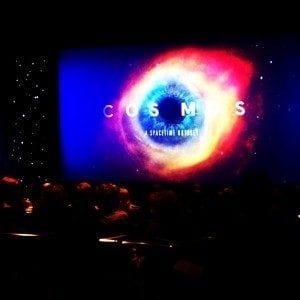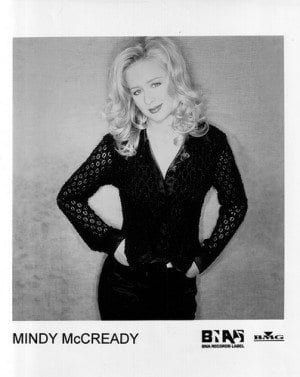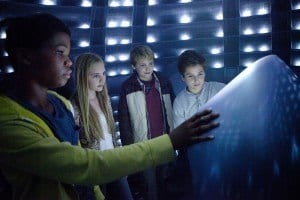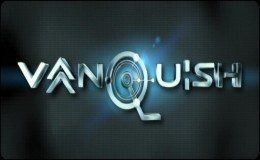
Carl Sagan himself would surely have been pleased
On March 9th, 2014, an historic event occurred on television; it was the first time a science non-fiction show was ever broadcasted on Fox! According to Fox Networks, it was also the first time that a TV show premiered in a global simulcast across their entire network of channels.
“Cosmos: A Spacetime Odyssey,” hosted by celebrity astro-physicist, Neil Degrasse Tyson, aired 34 years after Carl Sagan first captured our imaginations with the original, “Cosmos: A Personal Voyage,”
which aired on PBS. In a time when our society is wholly run on the technology developed by science while most of its population remains scientifically illiterate, a more necessary program can hardly be imagined. After an intellectual drought on cable TV consisting of a stream of disgraceful reality shows (peppered in between by shows on other networks like “Duck Dynasty,” “Ancient Aliens,” “Swamp People,” and “Here Comes Honey Boo Boo”), it’s refreshing to finally see a program that actually seeks to expand the minds of its viewers, rather than deflate them like Ken Ham’s ego after he lost to Bill Nye.
The show itself was brilliantly structured in a way that would be friendly to those who are not familiar with science and the discoveries it has yielded. Neil Degrasse Tyson is a phenomenal communicator; his vivd explanations and metaphors were delivered with clear understanding and awareness of the viewership—and done so with a befitting, awe-inspiring tone. I must applaud Seth MacFarlane for doing such a fantastic job with producing and helping to recreate this show; it has the spirit of Carl Sagan’s original series with effects and aesthetics geared toward a modern audience, which include artfully done animations.
It began by demonstrating the vast scale of the universe, which I think is a wise starting point. In a hypothetical, super-advanced ship of the imagination, we can visualize these concepts in exquisite detail. Beginning with our home planet, we explored our “cosmic address”; our location in the observable universe. From Earth, we venture to all the planets, out past the Oort Cloud, and view our solar system. We venture further and further out, past our Milky Way galaxy, past the Local Group, past the Virgo Supercluster, until we reach the end of the observable universe, the “light horizon”.
In addition to illustrating the vastness of space, Tyson showed us the staggering immensity of time. By compressing the entire 13.8-billion year history of the known universe into a single calendar year, people are able to comprehend these incomprehensible time scales far easier. If the Big Bang occurred on January 1st, and the present was marked by midnight, December 31st, each day of this hypothetical year would represent about 40 million years of cosmic history. The visualization of the information in this segment is truly astonishing, even for those who may have already been familiar with it. The scale simply never ceases to amaze.
After going through and summarizing the entire history of the universe as currently understood, Tyson then concludes the show with a short tribute to Carl Sagan, which I thought was pretty inspiring. Despite its faults and corruptions, the United States used to be innovators, and its people had things to look forward to. One of the main reasons for that was a thirst for learning and a desire to go where no one has gone before. Carl Sagan inspired people to seek out knowledge with the tools of science over three decades ago, and hopefully that inspiration can at least start to be reignited here.
Highly recommend watching the full episode: http://www.openculture.com/2014/03/watch-the-first-episode-of-neil-degrasse-tysons-cosmos-reboot-on-hulu-us-viewers.html



.JPG 300w, https://www.collegenews.com/wp-content/uploads/converted_files/news/NEW_YEARS_Poppy_Dinsey_Headshot_(second_choice)-225x300.jpg 225w)










